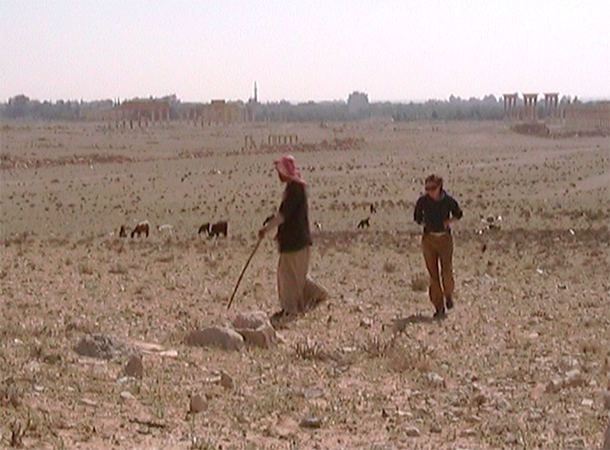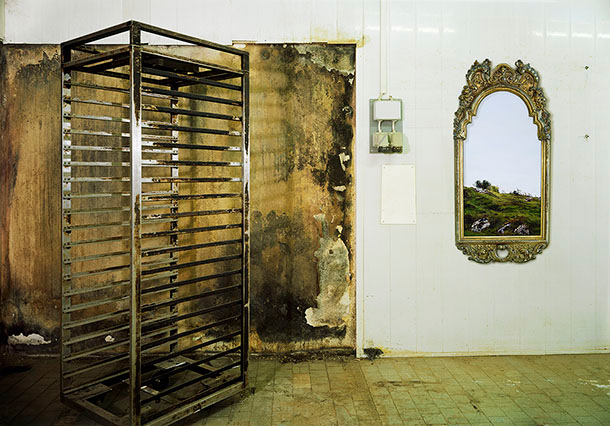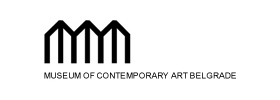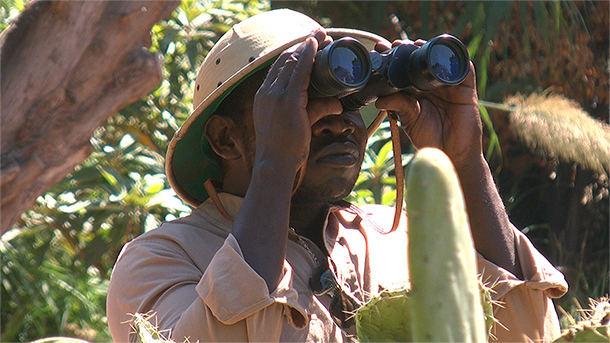
Where Do We Go, and How Long Will It Take?
Andy Heller » Ferit Kuyas » Leta Peer » Natalija Ribovic » Elham Rokni »
Exhibition: 12 Jul – 9 Sep 2019
Salon of the Museum of Contemporary Art
Pariska 14
11070 Belgrade
Wed-Mon 12-20
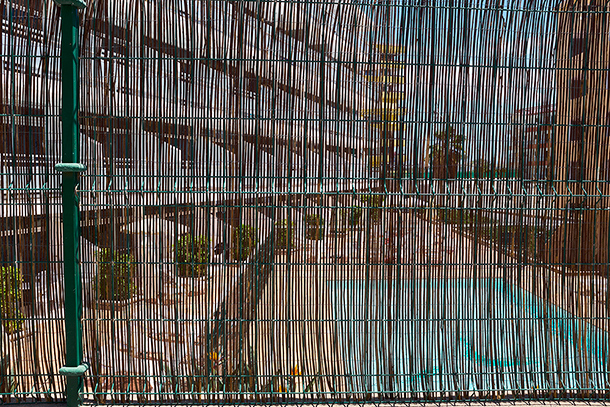
"Where Do We Go, and How Long Will It Take?"
Andy Heller (DE), Ferit Kuyas (CH), Leta Peer (CH), Natalija Ribovic (SR/DE), Elham Rokni (IL)
Exhibition: 12 July – 9 September, 2019
The exhibition "Where Do We Go And How Long Will it Take?" is the second part of an exchange between the Salon of Museum of Contemporary Art in Belgrade and Neue Galerie im Höhmannhaus / Art Collections and Museums of Augsburg, Germany.
In Autumn 2018, the Salon of MoCA presented the exhibition "Behind the Image" curated by Una Popović in Augsburg, an exhibition of contemporary Serbian artists dealing with video and film in their practice. In this dialogue, the Neue Galerie im Höhmannhaus will respond showing a selection of artists related to the Gallery’s program in Belgrade.
The exhibition "Where Do We Go And How Long Will it Take?" deals with the dramatic worldwide threat of the idea of humanity. Cultural identities and their historical memory are increasingly marginalized. Anonymity prevails in the global system. Politics, economics, advertising mechanisms - consumption as an overpowering force is marking the actual attributes and 'value' of a new internationality offering us universal equalizing perspectives of life. Large cities, with their interchangeable architectures, growingly mirror these global developments.
Contemporary artists thoughtfully ponder on these points and provide fundamental aesthetical essays between perturbation, hope and critical reflection with their images. These works are frequently inspired by the artists own, very personal stories. These stories,
however, do not remain private. Rather, artists consider them as embedded in far-reaching questions about the contemporary state of things in the world surrounding their destinies.
Which fate expects a global system that obstinately neglects cultural peculiarities, recollections and provenance although inner and outer migration have a lasting influence on its habits and practices? What constitutes our urban living spaces? Do they still offer space for dignity and the possibility of new designs?
The artists of the exhibition "Where Do We Go and How Long Will it Take" frame with their striking images a special, personal and yet public visual approach to meet these questions.
�
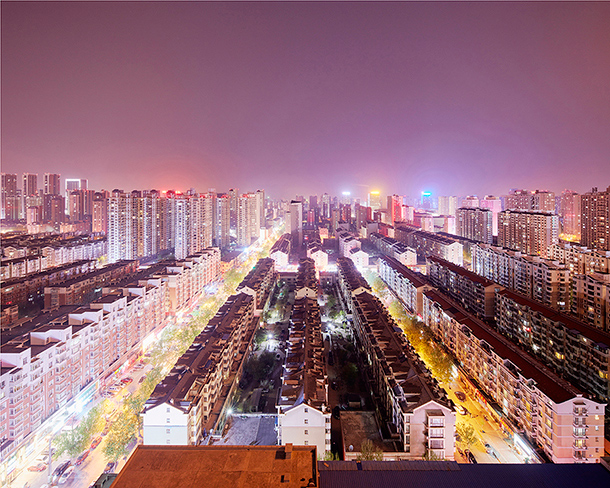
Andy Heller (*1975 Augsburg, lives and works in Berlin and Hamburg)
"Bellavista", digital ongoing photoproject, 2014–2019
For her project the artist travelled to Lanzarote as a touristic heartland. Her interest focused on the discovered architectures and micro-architectures there: Stagy hotel scapes combined to giant concrete blocks and isolated one from each other at the same time. What all the hotels and apartments have in common is a policy of compartmentalization, where people live in a kind of temporary cities without being existential there. With a strict but also ironic view Heller faces the sunny desolation,
the back of touristic architectural constructions as exchangeable places.
Ferit Kuyas (*1955 Istanbul, lives and works in Ziegelbrücke/Zürich, Switzerland)
His "everywhere anywhere" is an ongoing photo-project.
The artist is considered one of the most important architectural photographers in Switzerland. "Based on the fact that my principal activity as a visual artist is focused on the perception of large cities I do see my contribution within this frame. Corresponding to a rating of the UNO today ca. 56 percent of the world population is living in cities, 2050 it probably will be 68 percent. This implicates that a large number of people in very different places do live under similar conditions. My contribution originates from a fund of views from several cities which by implication cannot be attributed to a certain place — the
working title of this long termed project currently reads "everywhere anywhere"".
Leta Peer (Winterthur, 1964 – Binningen, Switzerland, 2012)
"Mirrors", photo-series, lambda print, 2006
The "Mirrors" series of photographs interweaves elements of personal history into the artist’s work. One day she was, in the immediate neighborhood of her studio, confronted with the view of a demolished bakery. She photographed the ruins of the destroyed building, which had instantly awakened her artistic attention, and used them as the setting for the paintings based on photographs of her brother. These, mounted in seemingly valuable, gilt Baroque frames, were inserted into the derelict ambience of the business area, a symbol, as it were, of the abrupt end to a mode of our own existence. The "Mirrors" photographs thematize less the extrinsic homeland than the reflection of inner provenance.
Natalija Ribovic (*1976 Novi Sad, lives and works in Augsburg and Vienna)
"Transfer" (Palmyra), 2003/2015 is a "historical" video-work of the artist.
It was part of the 'Transfer Projekt Damaskus', shown in the Kunsthalle Wien the same year. "On a hill close to Palmyra, I’m inviting a Bedouin sheperd for a walk. We follow each other in big circles. We cannot understand each other’s languages. Are we adaptable or not? Adapatable to what? To other human beings? To our surroundings? To ourselves...?" The artist’s intention was to conduct a radical sociocultural experiment. Two complete strangers, who cannot communicate with each other verbally, these two persons encounter each other for the first and only time and shall enter into a dialogue. The filmic images demonstrate a possible humanitarian communication based on tolerance, respect and mutual acceptance beyond insisting messages.
Elham Rokni (*1980 Teheran, lives and works in Tel Aviv)
"The Seven Abdulkarims", video, 2018, 22 min.
In her art, Elham Rokni mentally challenges the boundaries of existing systems. In drawings and video installations the artist contextualizes her personal experience as an immigrant to urgent political and ethical issues. Rokni’s video piece "The Seven Abdulkarims" is related to traditional folktales of asylum seekers from Eritrea and Sudan she met. Although this project mainly focuses on the context of Israeli society, it is of a global significance, as Elham Rokni’s artistic work is in general. "Contrary to the structure of folktales, which often convey wisdom or lessons learned, the video leads nowhere and ends without resolution — a clear analogy for how nations are dealing with a global crisis" (Louisa Elderton). Elham Rokni’s "Seven Abdulkarims" tell us about real people she met in real places and real situations — at the same time giving us an artistic metaphor of a global state of human society.
Thomas Elsen 1996 founded the conception of Neue Galerie im Höhmannhaus, a new project space for Contemporary art of Kunstsammlungen und Museen Augsburg, after having started there as a curator the year before. He also drafted the H2 – Center for Contemporary Art in the Glasspalace, which has been opened in 2006. Recent exhibitions in both spaces include A Process — "Der Greif" photography magazine (2014), "Faces of Disappearance" (with Sophie Calle, Larry Sultan, Olaf Unverzart et al., 2015/16), "Not Here Yet", together with Celina Lunsford (with Alberto García Alix, Maurizio Cattelan, Hamish Fulton, Ferit Kuyas et al., 2016/17). He furthermore curated exhibitions within the European Month of Photography EMOP, Berlin (2012), Düsseldorf Photo Weekend (2013), Tashkent Photo-Biennale (2014). Since 2012 he is a member of the Deutsche Fotografische Akademie DFA, German Photographic Academy.�
